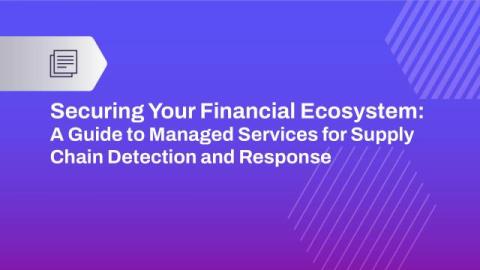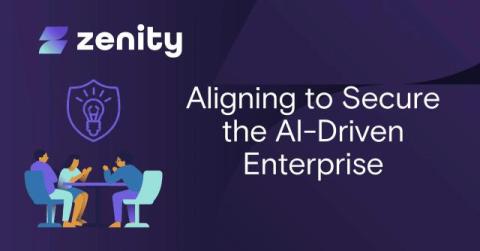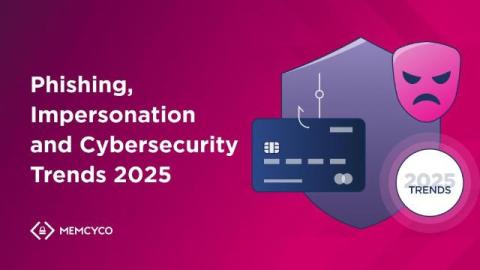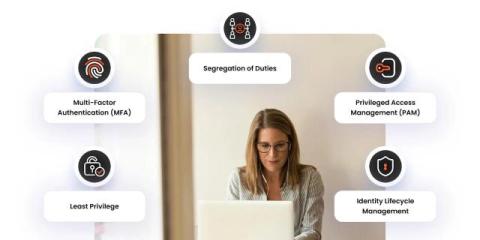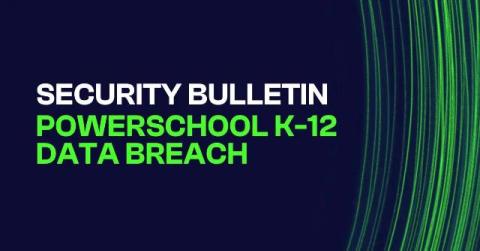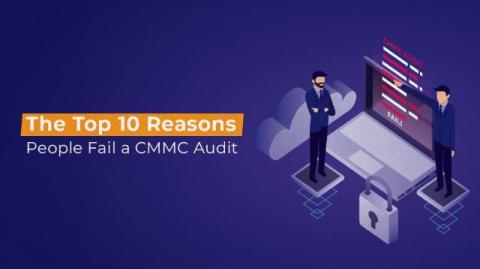OpenShift Virtualization Fast Disaster Recovery with Trilio in AWS ROSA Baremetal
In my previous blog post, (OpenShift Virtualization Backup and Restore with Trilio in AWS ROSA Baremetal ) I discussed how to protect VMs running in OpenShift Virtualization, specifically in AWS ROSA Baremetal environments. In this post, I want to focus on how you can recover a VM in less than 3 minutes. When it comes to recovery in Kubernetes environments, many of us feel relatively at ease, especially if the Persistent Volumes (PVs) are not particularly large.




